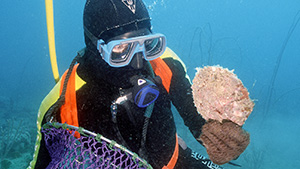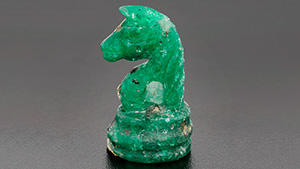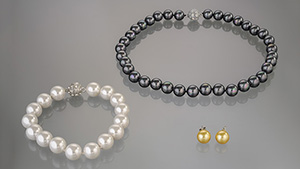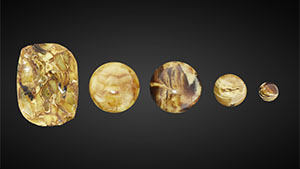
A look at the sustainability challenges and opportunities facing marine pearl farming using an Australian pearl farm as a case study.
Read More
An unusual assembled stone is examined at GIA’s New York lab.
Read More
Two items submitted as emerald to the New York lab are identified as plastic manufactured products.
Read More
A brownish yellow cabochon submitted as cat’s-eye chrysoberyl is identified as artificial glass.
Read More
Examination of commercially-available "shell pearls" reveals imitation material.
Read More
The Gem and Jewelry Institute of Thailand (GIT) identifies two samples as hydrogrossular using advanced testing techniques.
Read MoreA yellow cultured pearl necklace is compared to the work of a producer specializing in freshwater pearls of all colors.
Read More
A synthetic quartz crystal cluster is easily mistaken as a natural specimen.
Read More
Testing identifies a “red corundum” sample as red-dyed spodumene.
Read More
Three types of root amber beads submitted for identification are analyzed in Wuhan, China.
Read More